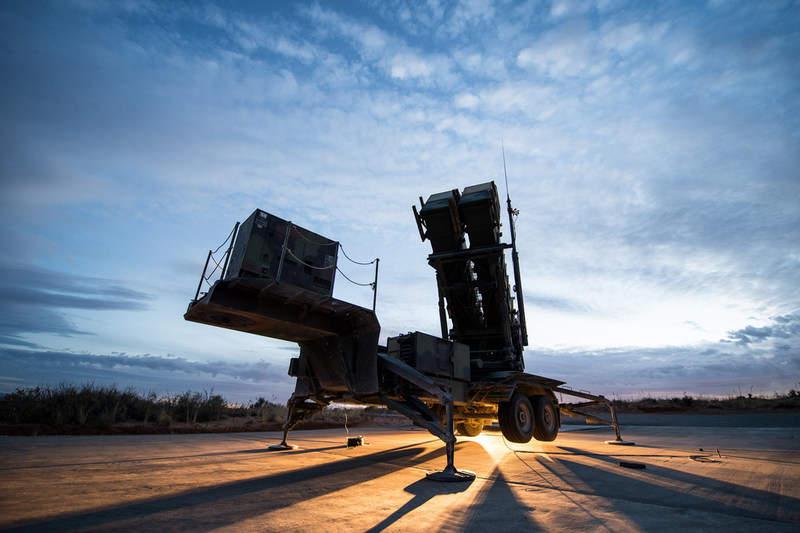
The US state department approved a possible foreign military sale of 48 Patriot M930 launch stations and 644 PAC 3 missiles on 28 June, as part of a $15bn deal for an Integrated Air and Missile Defence (IAMD) Battle Command System (IBCS).
Between Poland’s recent $1.9bn purchase of the Common Anti-Air Modular Missile (CAMM) and 22 PILICA+ air defence batteries from MBDA, and the prospective $15bn purchase of 48 Patriots from Raytheon and Lockheed Martin, Poland will have one of the most comprehensive air defence systems in Europe.
The news comes on the same day that Northrop Grumman announced the delivery of an IBCS training program for Polish troops, two years ahead of schedule.
48 Patriot systems provide a vast capability
Should Poland retain the 5 Patriots batteries it currently hosts from the US and Germany, the addition of 48 Patriot launchers to Poland’s next-generation WISŁA air and missile defence programme, enough for 8 batteries, should give the country a total of 13 batteries, more than any other partner in Nato except the US.
Until recently, Poland’s main air defence systems included an extensive very short range defence consisting of hundreds of Soviet-era anti aircraft guns and missile systems, as well as domestically produced MANPADS. It was also the only country the region with a medium-range air defence system, in the form of a single battery of the Soviet-made S-200 Vega.
The Patriot missile long-range air defence system is an all-altitude, all-weather air defence system to counter tactical ballistic missiles, cruise missiles and advanced aircraft. The missile has a range of 70km and a maximum altitude greater than 24km. The minimum flight time is less than nine seconds while the maximum is three and a half minutes.
The new PAC-3 missile has increased effectiveness against tactical ballistic and cruise missiles through the use of advanced hit-to-kill technology. The missile guidance system enables target destruction through the kinetic energy released by hitting the target head-on. 16 PAC-3 missiles can be loaded on a launcher, compared to four PAC-2 missiles.
Poland’s air-defence devlopment
Modernisation of air-defence systems in Europe has been galvanised by the recent invasion of Ukraine by Russia. Poland is one of ten countries that are part of the European Sky shield Initiative (ESSI), lead by Germany, that uses collective purchasing to reduce the cost of procurement.
However, it is expected that Poland’s outside participation with CAMM and the Patriot system will slow down the activity of the ESSI, according to the Centre for Eastern Studies (OSW).
During the war in Ukraine, Poland, which shares a border with the besieged country, has been one of the most generous donors in the region, supplying considerable military, humanitarian and financial aid.








